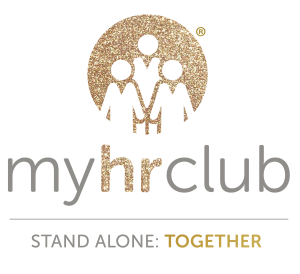
HR Data and analytics are one of the best ways you can add value to your business and be viewed as a strategic partner and business enabler. KPI’s involve data collection on various HR aspects, which can then be analysed and used to influence the business strategy, as well as help understand the needs and issues of your employees.
So what are the top 5 HR KPI’s we recommend…?
1) Absenteeism rate
Whilst individual employees have many legitimate reasons for absence, HR needs to closely monitor the overall trend of absenteeism. This allows you to monitor and compare employee absences over time and manage productivity. High rates of absenteeism can be indicative of major problems at your company.
Absenteeism rate = (Total lost workdays due to absence) / (Number of available workdays)
2) Job referral percentage
Everyone in HR and business seeks a strong organisational culture, and nothing demonstrates a strong culture more than a high rate of employee job referrals. A high rate of roles filled by referrals is not only indicative of a good culture but is also a cost-effective way to hire talent.
3) Turnover rate
This KPI indicates the job stability of an organisation. Culture is important to everyone, but high performers are arguably the most sensitive to your organisational culture, as they have access to better job opportunities than others. If top performing employees are leaving either you’re not paying enough, or you have a major problem with your organisational culture.
Retention of talent rate = Comparing the number of workers who joined the company in a specific period vs. those who stayed in the same period
4) Employee engagement and satisfaction
Using this indicator allows you to predict the level of productivity your organisation can expect. High employee engagement and satisfaction predicts higher productivity, better customer service, lower turnover, and many other positive outcomes. This KPI is mostly measured through employee surveys.
5) Training and investment

This is very much a lead KPI for HR, as you should be closely monitoring how much you invest in training and development. Investing too little will likely result in struggling to develop top talent internally, and/or top talent will leave to pursue training and development elsewhere.
Training should be measured by keeping records of how often it happens and how much it costs
Are you tasked with HR responsibilities in a start-up or small business? My HR Club is a unique membership club designed to offer accessible, remote, low-cost HR support to people like you. Find out more by clicking here.

Recent Comments